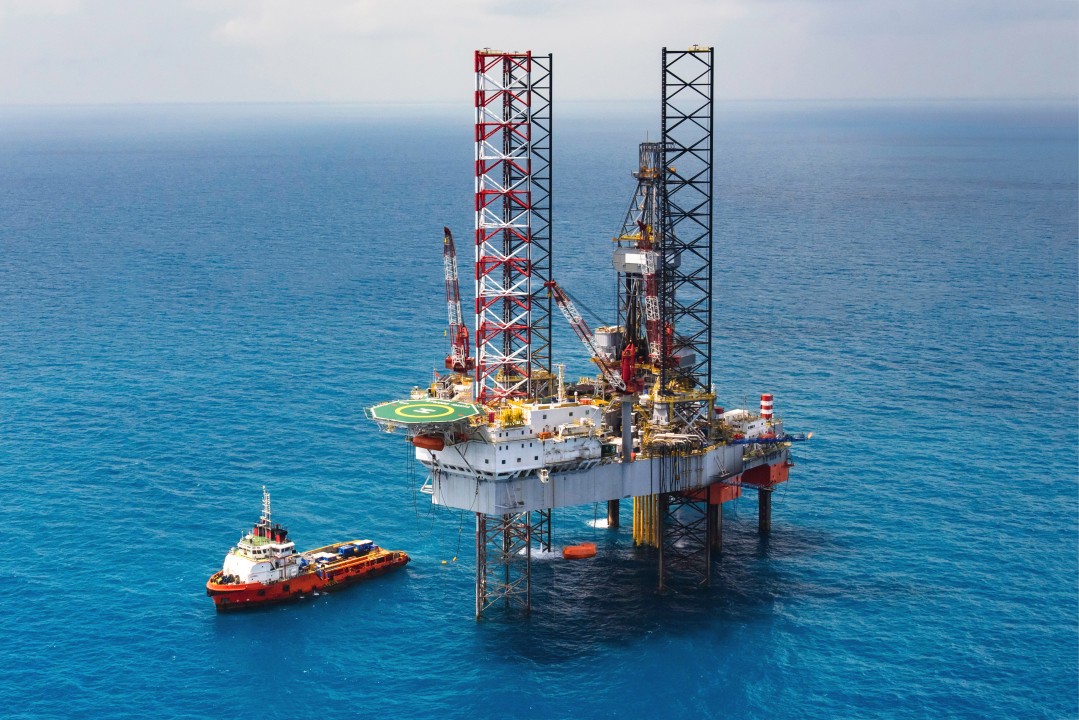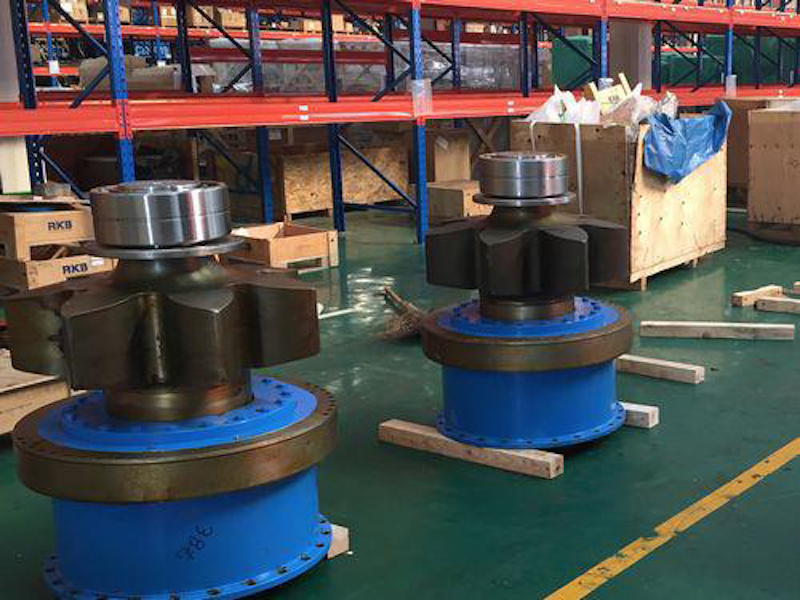Welcome to Sino Bearings web
24x7 HOTLINE:+86-28-81454188

 NEWS
NEWS A jack-up rig is a type of offshore mobile platform that consists of a buoyant hull fitted with some movable legs, capable of raising its hull over the surface of the sea. The buoyant hull enables transportation of the unit and all attached machinery to the desired location. Once on-site, the hull raise by a jacking system on the jack-up rig to the required elevation above the sea surface. The legs of such units may design to penetrate the sea bed, may be fitted with enlarged sections or footings, or may be attached to a bottom mat. Leon B Delong designed the first jack-up rig in 1949. Jack-up platforms are examples of what is known as the Mobile Offshore Drilling Unit or MODU. They are not self-propelled and rely on tugs or heavy lift ship for transportation. It is essential to know, such a jack-up system is feasible only in water levels up to or less than 120 meters. The main reason why jack-up drilling rigs invented was that the oil drilling procedure was often interrupted as a result of wind and water conditions. So the process of oil drilling could carry on without any interruptions.
A jack-up rig is a type of offshore mobile platform that consists of a buoyant hull fitted with some movable legs, capable of raising its hull over the surface of the sea. The buoyant hull enables transportation of the unit and all attached machinery to the desired location. Once on-site, the hull raise by a jacking system on the jack-up rig to the required elevation above the sea surface. The legs of such units may design to penetrate the sea bed, may be fitted with enlarged sections or footings, or may be attached to a bottom mat. Leon B Delong designed the first jack-up rig in 1949. Jack-up platforms are examples of what is known as the Mobile Offshore Drilling Unit or MODU. They are not self-propelled and rely on tugs or heavy lift ship for transportation. It is essential to know, such a jack-up system is feasible only in water levels up to or less than 120 meters. The main reason why jack-up drilling rigs invented was that the oil drilling procedure was often interrupted as a result of wind and water conditions. So the process of oil drilling could carry on without any interruptions.

There is a multiple jacking system on the Jack-up rigs used. However, one of the well-known methods of elevating the jack-up hull is Rack and Pinion. This system uses multiple Hydraulic or Electric Motors and gearboxes to distribute the torque between all legs to lift the whole platform smoothly and simultaneously. In this case, the entire load from the platform carrying by Spherical Roller Bearings installs on the jacking system joint to jack-up rig. These applications need to take a massive amount of load at low speed. At this point, the Jack-up platform manufacturer needs to cooperate with the leading Marine and offshore bearing manufacturing to find the right solution for its Rack and Pinion jacking system.
So RKB, as one of the leading Marine and offshore bearing manufacturers, started to develop a new special bearing for the jacking system of jack-up drilling rigs. The result of Co-engineering cooperation was a special spherical roller bearing with up to 240 mm inner ring diameter design and execution to withstand heavy loads and variable speeds (0.9-1.2 m/min). The safety factor as a marine specification for these spherical bearings is S0. RKB spherical roller bearings are manufactured according to ISO/ABMA/GOSTSpecifications. The designed lifetime of these bearings is approximately ten years. Now there are multiple rigs equipped Rack and Pinion jacking systems working all around the world.
The significant result of this project completed when the RKB and the Marine Platform Manufacturer start close cooperation to develop a cost-effective solution to makes the rig more reliable and efficient for drilling companies.
Author: Ali Ghamsari